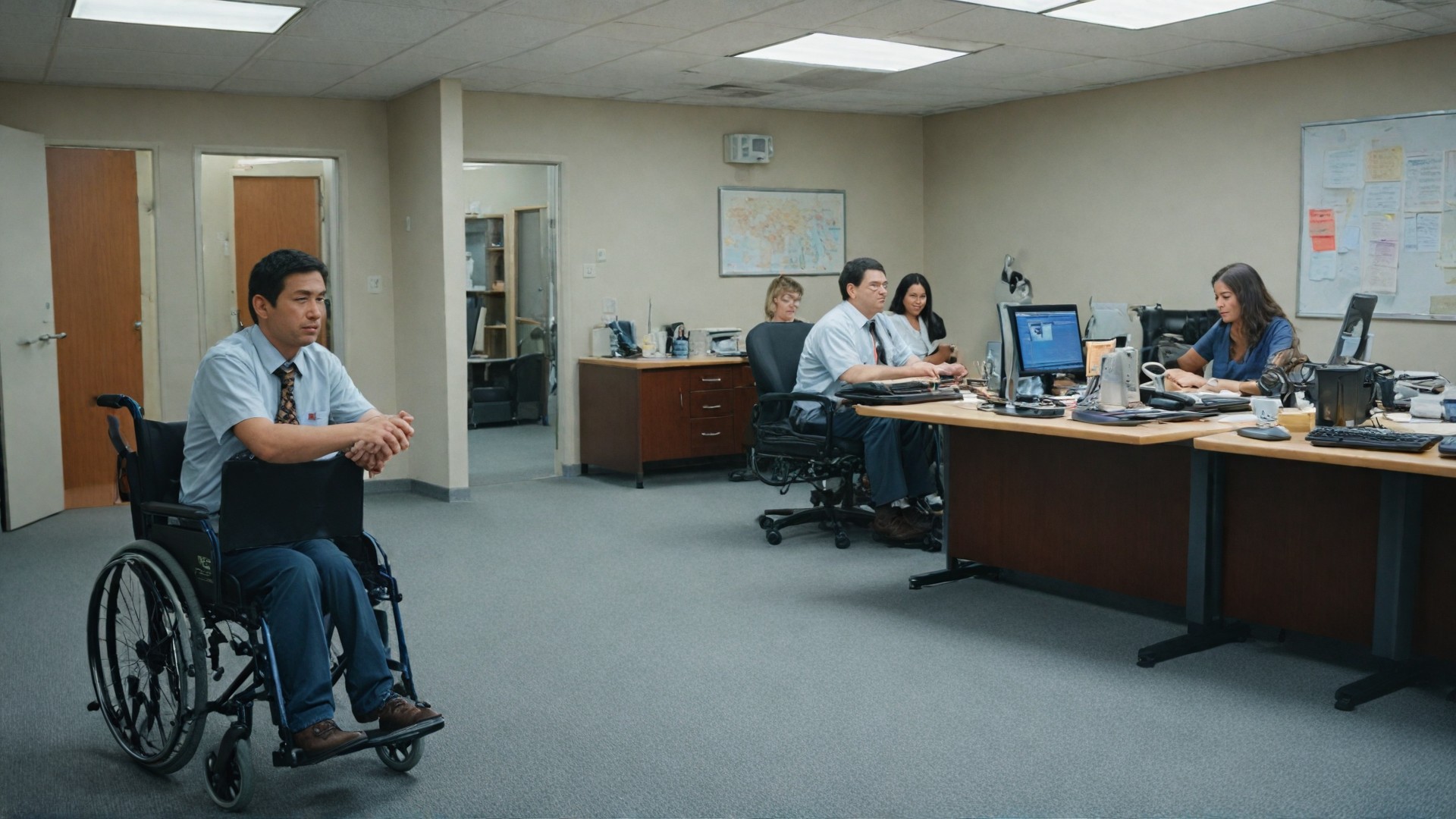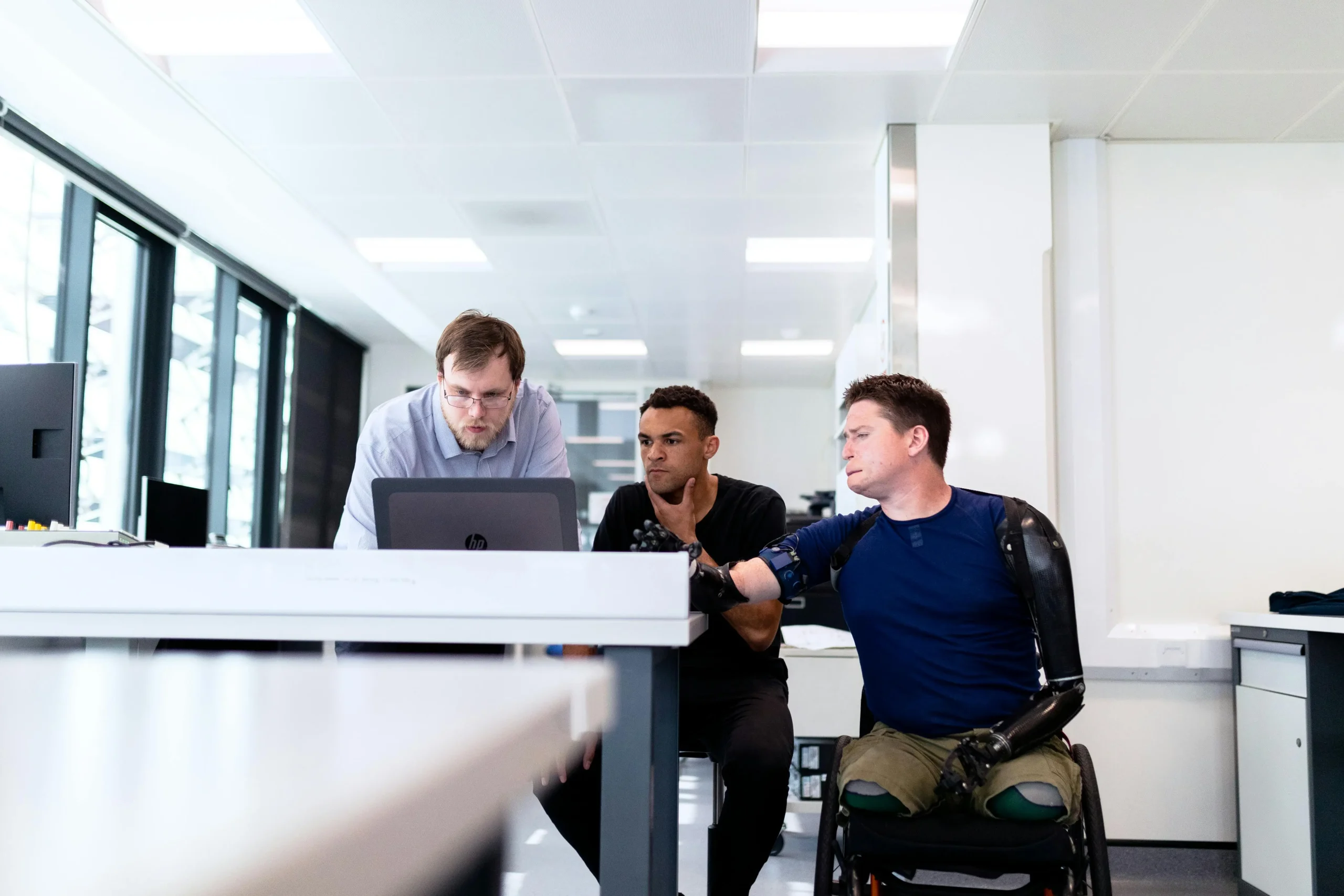Introduction to Accessible Employment
In today’s world, building a diverse and inclusive workforce is not just a moral responsibility but a significant advantage in a competitive market. Accessible employment—a practice that ensures jobs are open to people with diverse abilities—can drive success in surprising and measurable ways. This article delves into why accessible employment is crucial, how to implement it, and the profound benefits it offers to organizations and employees alike.
What is Accessible Employment?
Accessible employment means creating opportunities where all individuals, regardless of physical or cognitive abilities, can contribute and thrive. In practice, this can mean adapting hiring practices, workspaces, and digital platforms to ensure no one is excluded.
The Benefits of Embracing Accessible Employment
Employers who embrace accessible employment find that it benefits company culture, enhances brand reputation, and even opens up new markets. Research has shown that companies with diverse workforces are more innovative, efficient, and agile in facing challenges. Accessible employment not only drives success but helps create a more positive, supportive workplace for everyone.
The Role of Diversity in Business Success
Why Diversity Matters in the Modern Workplace
Diversity is often linked to innovation, as employees from different backgrounds bring unique perspectives that lead to creative solutions. When accessibility is included in this diversity model, it ensures that all voices, particularly those of employees with disabilities, are heard and valued.
The Link Between Accessibility and Inclusivity
Accessible employment extends the idea of diversity, emphasizing that true inclusivity only happens when workplaces break down barriers to entry. This might mean modifying job descriptions, adapting workspaces, or providing assistive technologies.
“Diversity is being invited to the party; inclusion is being asked to dance.” — Verna Myers
Steps to Implement Accessible Employment Practices
Creating a truly inclusive workplace requires deliberate, informed changes that benefit everyone. Here’s how to start:
Conducting an Accessibility Audit
Before implementing changes, it’s essential to assess the current state of accessibility in the organization. This might involve evaluating physical spaces, websites, and digital platforms to identify and remove barriers.
Modifying the Hiring Process for Accessibility
Inclusive hiring starts with job descriptions that avoid language potentially discouraging people with disabilities. Consider offering flexible interview formats, such as remote video calls or written Q&A options, to accommodate various needs.
Setting Up Accessible Workspaces
An accessible workspace is more than ramps or elevators. It can include ergonomic desks, quiet workspaces, and accessible digital tools, creating an environment where everyone can do their best work.
Benefits of a Diverse, Accessible Workforce
Boosting Team Morale and Collaboration
A workplace that values accessibility fosters a supportive culture where employees feel valued and encouraged to bring their best selves to work. Studies show that inclusive environments lead to higher employee satisfaction and retention.
Enhancing Problem-Solving and Innovation
Diverse perspectives are crucial for innovative problem-solving. When employees with various backgrounds and abilities work together, they’re better equipped to solve complex challenges. Real-world examples from tech giants to small startups demonstrate how diversity drives creativity and innovation.
Expanding Market Reach
Companies that prioritize accessibility appeal to a broader market. By building products and services that accommodate people of all abilities, organizations open doors to new customer segments, ultimately driving growth.
Common Myths and Misconceptions About Accessible Employment
Myth 1: Accessible Employment is Too Expensive
In reality, many accessible solutions are cost-effective, and grants are often available to offset expenses. The benefits of a diverse workforce often far outweigh the costs of Accessible Employment accessibility improvements.
Myth 2: Accessibility Only Benefits Employees with Disabilities
Accessibility enhances the work environment for everyone. Adaptations that benefit employees with disabilities—such as flexible schedules or voice-activated tools—often benefit the entire workforce.
Myth 3: Implementing Accessibility Is Time-Consuming
Many accessibility measures are simple to implement and yield immediate positive outcomes. Small changes, such as offering alternative communication methods, can significantly enhance inclusivity.
Real-Life Success Stories
How Companies Like Microsoft and Google Lead in Accessibility
Microsoft and Google are at the forefront of accessible employment, proving that an inclusive workforce is a strong asset. Their programs have led to innovative products and solutions that reach millions worldwide.
Success Story: Small Businesses and Accessible Employment
Many small businesses have found that accessible employment fosters loyalty and a positive reputation in their communities. By hiring diversely, these companies build trust with their customers and employees alike.
The Future of Accessible Employment
How Technology Is Shaping Accessibility in the Workplace
Technological advancements in AI and machine learning make accessibility easier and more affordable. Tools like speech recognition, screen readers, and real-time translation can support employees of all abilities.
The Rise of Remote Work and Accessible Employment
Remote work has transformed accessibility, allowing many individuals to work from environments tailored to their needs. Remote options make work more accessible and boost job satisfaction across the board.
Conclusion: Embracing Accessible Employment for a Brighter Future
Building an accessible, inclusive workplace is no longer just a nice-to-have; it’s a must. Companies that prioritize accessibility not only gain a competitive advantage but also foster a culture of respect and equality. Accessible Employment is about unlocking potential, driving innovation, and making a positive difference.
FAQs about Accessible Employment
- What is accessible employment, and why is it important? Accessible employment opens opportunities to all, ensuring diverse perspectives and inclusivity in the workplace.
- How can accessible employment benefit my company? It enhances innovation, broadens market reach, and creates a positive company culture.
- What steps can a business take to promote accessible employment? Conduct an audit, adapt hiring practices, and set up accessible workspaces.
- What tools or technologies support workplace accessibility? Screen readers, voice-activated tools, and ergonomic setups are common.
- What are the main challenges in implementing accessible employment? Initial costs and lack of awareness are common hurdles, but grants and resources exist to help.
- Does accessible employment only benefit those with disabilities? No, accessible employment benefits all employees by fostering a supportive environment.
- How does remote work impact accessible employment? Remote work allows for greater flexibility and makes it easier for individuals with diverse needs to work effectively.
- Are there financial incentives for accessible employment? Yes, many governments offer tax breaks and grants for companies that prioritize accessibility.
- How can small businesses afford accessible employment? Small changes can be affordable, and financial incentives are often available to support accessibility initiatives.
- What does the future of accessible employment look like? As technology advances, accessible employment will become even more achievable, benefiting companies and workers alike.













